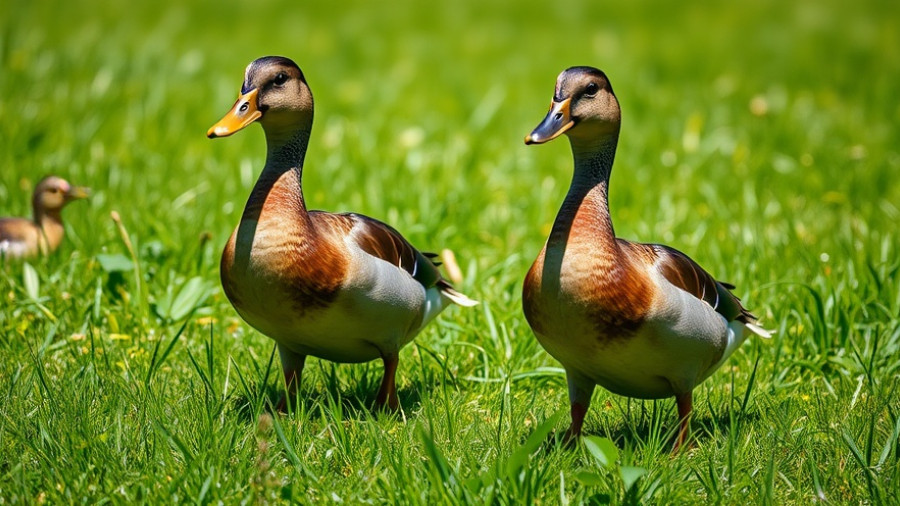
Unveiling the Secrets to Attracting Ravens
Ravens—these magnificent corvids are not only intelligent but also social birds that thrive in environments that cater to their diverse needs. Understanding how to attract ravens to your yard involves creating a welcoming space enriched with the right food, shelter, and environmental elements.
Understanding Ravens: The Smart Birds of the Sky
Ravens (Corvus corax) are often admired for their playful nature and impressive intelligence, ranking alongside some of the most cognitive species in the animal kingdom. With their robust size, distinct wedge-shaped tails, and loud calls, these birds can easily be distinguished from their close relatives, the crows. Their adaptability is second to none; they can be found soaring over forests, mountains, and even urban landscapes.
Creating a Raven-Friendly Environment
To draw in these feathered friends, your yard should include tall trees for perching and nesting, as well as open spaces where they can forage for food. Ravens need visibility to feel safe, so including varied terrain—like hills or rock formations—can enhance their comfort level. Additionally, minimizing disturbances is crucial; maintaining a tranquil atmosphere will encourage them to return regularly.
Feeding Practices to Consider
Ravens enjoy a diverse diet, including fruits, nuts, and occasional meat scraps. Establishing a feeding station with these delights can entice them closer. However, make sure its location is safe from potential predators and disturbances. Regularly changing feeding strategies can help keep their interest piqued while maintaining a connection to their natural foraging habits.
The Importance of Water Sources
Water is vital for all wildlife, and ravens are no exception. Installing a birdbath or small fountain not only provides hydration but also creates a peaceful oasis that can attract various bird species. Ensure that the water source is regularly cleaned and maintained to encourage frequent visits.
Enjoying Your Visits with These Majestic Birds
Once you've set the scene, you'll have the opportunity to observe the unique behaviors of ravens, from their social interactions to their playful antics. However, always prioritize responsible observation practices. Keep a respectful distance, and avoid feeding them from your hand to maintain their natural foraging habits.
By understanding their needs and preferences, you can create a welcoming habitat for ravens while enjoying the beauty and intelligence of these incredible birds. With time and patience, you might find yourself in the midst of a vibrant gathering of these feathered marvels.
 Add Row
Add Row  Add
Add 




Write A Comment